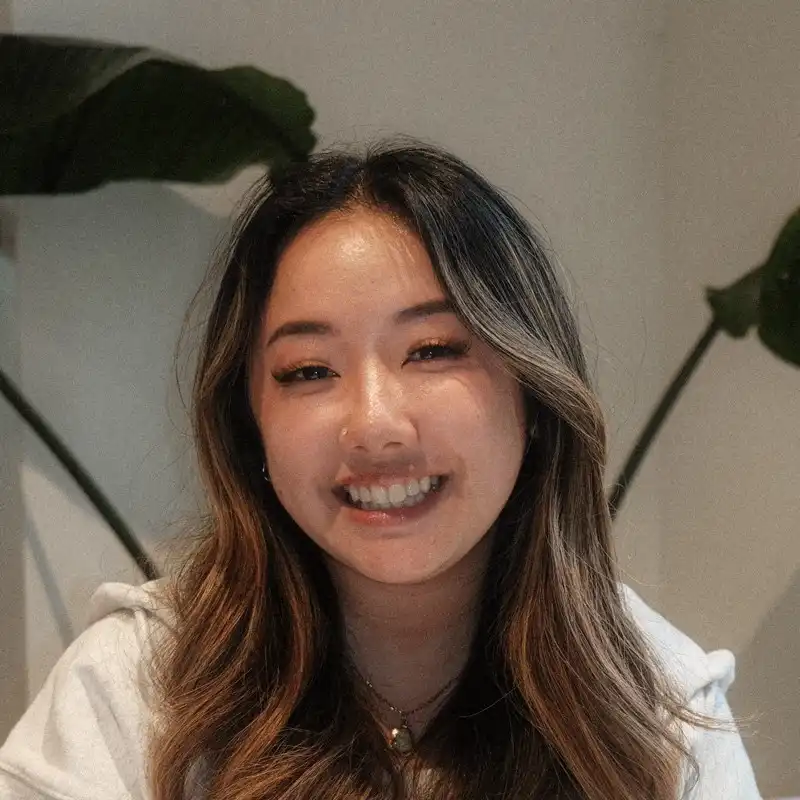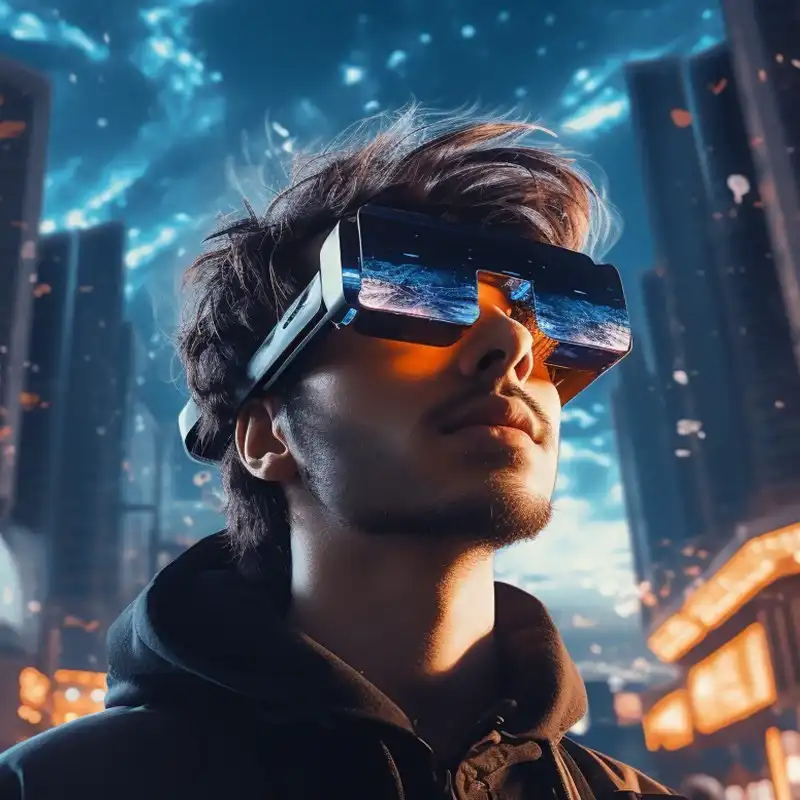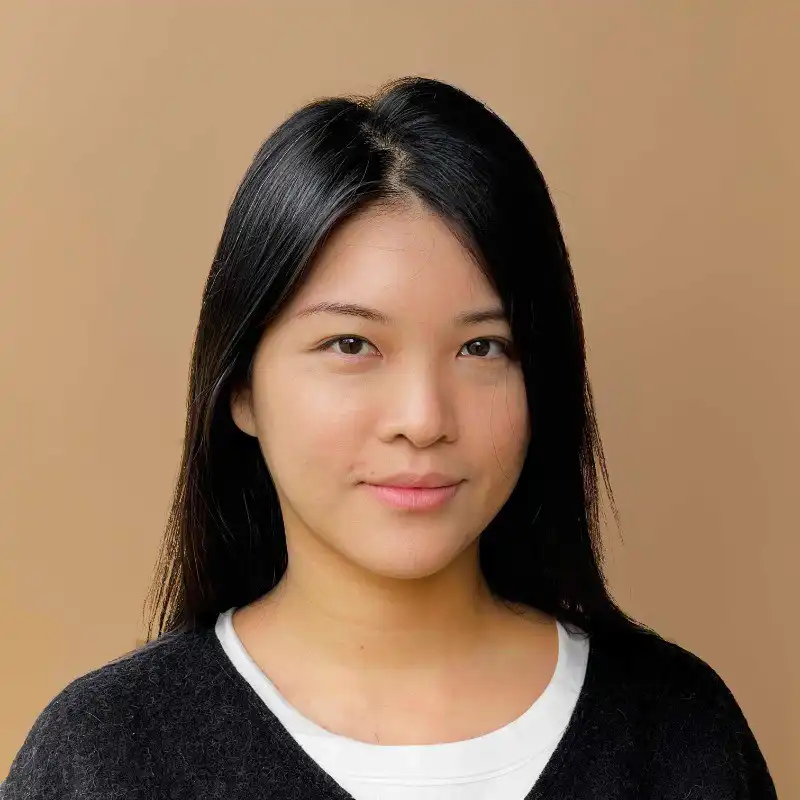What is Texture Design?
Texture design refers to the artful application and manipulation of textures within visual media to enhance the sensory experience, depth, and richness of a design. In the context of marketing and design, texture can be either real, such as a tactile surface on a printed material, or implied, as seen in digital designs where textures simulate the look of physical materials. Immersive and layered, texture design plays a crucial role in creating visually engaging compositions, impacting both aesthetics and functionality. It is a pivotal element in graphic design, packaging, branding, web design, and more, aimed at invoking specific feelings or connotations that resonate with the target audience.
Key Takeaways
- Texture design enhances the sensory dimension of visual media by manipulating surface characteristics to convey certain feelings or perceptions.
- It includes both actual textures (tangible) for print and products, and implied textures for digital visuals.
- A strategic use of texture can influence a brand's perception, contributing to the creation of sophisticated, recognizable, and emotionally appealing designs.
- Texture plays a vital role in user experience design, affecting elements such as readability, visual hierarchy, and mood.
- Mastering texture design can set a brand apart, making it memorable and impactful in highly competitive markets.
The Role of Texture in Branding and Marketing
Texture design is instrumental in branding and marketing as it helps create a unique identity and differentiates products or brands from competitors. By incorporating texture into packaging, for example, brands can evoke luxury, eco-friendliness, or playfulness, depending on the selected textures. Additionally, textures can aid visual storytelling, providing subliminal cues that support a brand’s narrative and ethos. In digital marketing, the use of texture can draw user attention to key elements, encouraging interaction and engagement.
Texture in Digital Vs. Physical Design
Though texture plays a significant role in both digital and physical domains, its application differs: physical design benefits from textures that stimulate actual touch sensations, influencing decisions like purchase or brand loyalty. Meanwhile, digital design relies heavily on visual representation of textures to simulate physical feel, often used to mimic real-life textures which enhance realism and depth in digital interfaces or illustrations.
Trends in Texture Design
Current trends in texture design include the use of organic and natural textures, reflecting the growing consumer demand for authenticity and sustainability. Likewise, more designers are experimenting with augmented reality (AR) to bring textures to life virtually, creating immersive experiences that push the boundaries of traditional design.
The Bottom Line
Texture design is a critical element that enriches visual storytelling, enhances user experience, and helps articulate brand identity. Its importance lies in its ability to convey messages powerfully and subtly, influencing how audiences perceive and interact with a brand. As digital interfaces become more sophisticated and physical branding seeks nostalgia and tangible connection, mastering texture design can provide a significant competitive edge in a saturated market.
















